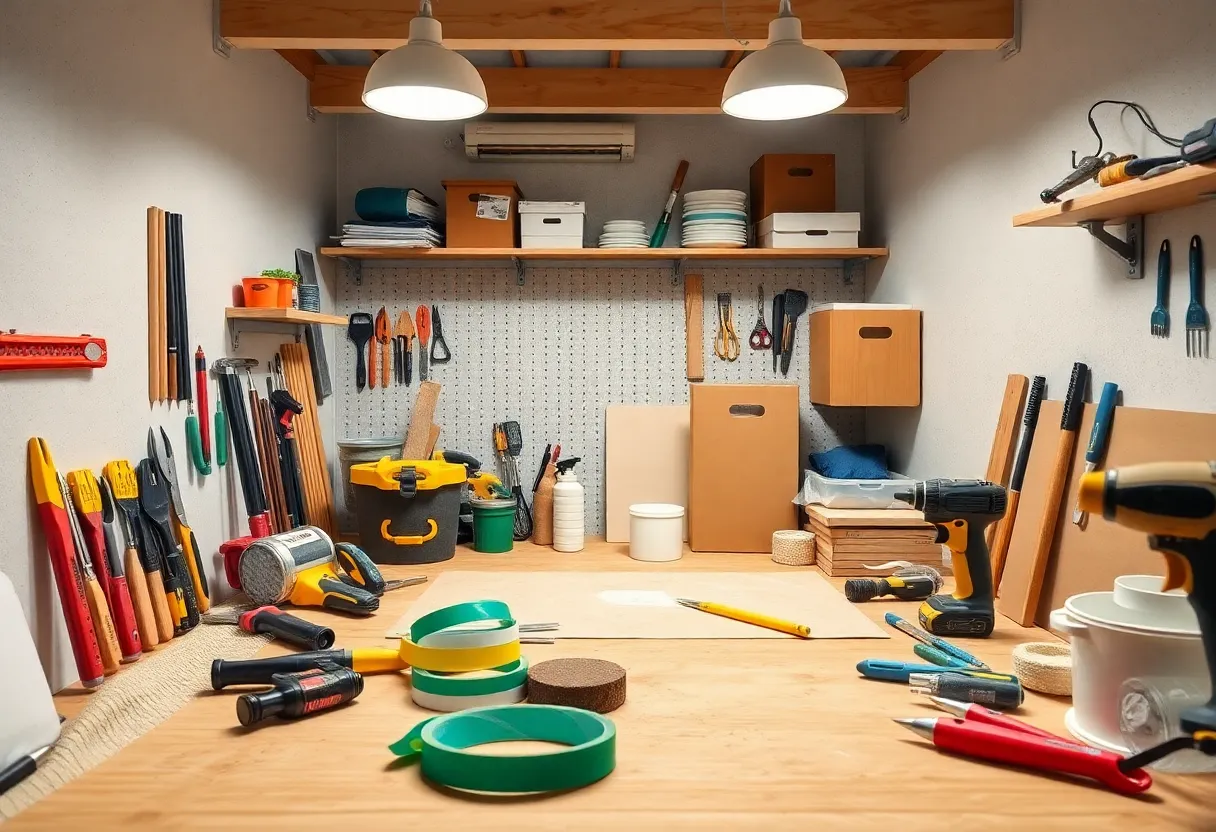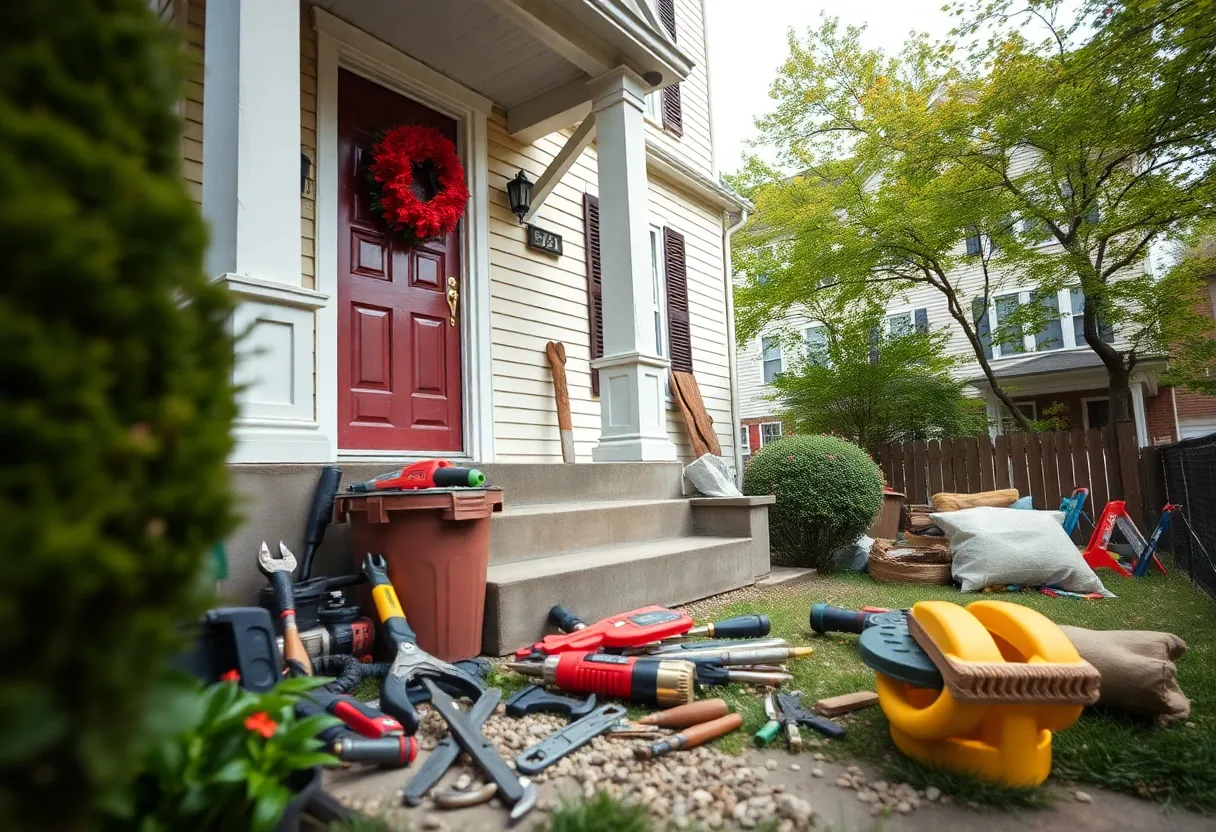What Are the Top 10 Home Improvement Hacks for DIY Enthusiasts?
Embarking on home improvement projects can be both rewarding and cost-effective. For DIY enthusiasts, understanding the most impactful hacks can transform ordinary tasks into efficient, professional-quality results. This article outlines the top 10 home improvement hacks, emphasizing practical techniques rooted in expertise. These strategies focus on enhancing safety, efficiency, and the finish quality of your projects while minimizing frustration and costs.
1. Proper Planning and Measurement Before Commencing
Accurate planning lays the foundation for successful home improvement. *Begin with detailed measurements* and precise planning. Use high-quality measuring tools such as laser distance measurers or tape measures with clear markings. Verify measurements twice to avoid costly errors. Draft detailed sketches or use home design software to visualize your project. Clear plans prevent miscalculations, saving time and materials.
2. Invest in Quality Tools and Maintain Them Properly
The right tools streamline work and improve outcomes. *Prioritize quality over quantity*, choosing durable hand tools and power equipment designed for specific tasks. Regularly clean and lubricate tools to extend their lifespan and maintain optimal performance. A well-maintained toolset not only reduces frustration but also ensures safety and precise results.
3. Use Painter’s Tape and Drop Cloths to Protect Surfaces
Protection is crucial during painting or staining projects. *Apply painter’s tape carefully along edges* for clean lines and to avoid paint bleeding. Use sturdy drop cloths to cover furniture, floors, and fixtures, preventing accidental splatters. *Secure drop cloths firmly* to prevent slips, and always remove tape promptly after painting to avoid peeling or smudging.
4. Master the Art of Surface Preparation
A flawless finish depends on surface prep. *Clean surfaces thoroughly*, remove debris, and sand rough areas smoothly. Use a vacuum or tack cloth to eliminate dust. For surfaces with old paint or stains, apply primer or appropriate undercoats. *Proper prep work* dramatically improves adhesion, appearance, and durability of paint, wallpaper, or sealants.
5. Implement Safety Protocols Rigorously
Safety should never be compromised. *Wear appropriate personal protective equipment* such as gloves, eye protection, and masks. Keep the workspace organized to prevent tripping hazards. Use ladders and scaffolding judiciously, ensuring they are stable and on a flat surface. Follow manufacturer instructions on tools and materials, and always work with adequate ventilation, especially when using fumes or chemicals.
6. Utilize Strategic Storage Solutions for Tools and Materials
Organization enhances efficiency. *Use wall-mounted storage, pegboards, or tool chests* to keep tools accessible. Label storage compartments clearly for quick identification. Store materials in dry, accessible spaces. Well-organized storage reduces time spent searching for items, avoiding project delays and potential damage to tools or materials.
7. Optimize Lighting for Better Precision
Good lighting minimizes errors. *Use adjustable LED work lights* or portable lamps that cast bright, even illumination. Position lights to eliminate shadows, especially during detail work like carpentry, electrical, or painting tasks. Proper lighting not only improves accuracy but also enhances safety in the workspace.
8. Use Adhesives and Sealants Appropriately
Many repairs fail due to improper application of adhesives or sealants. *Select the right type* for your project—whether latex, silicone, or polyurethane. Apply in clean, dry conditions, and follow manufacturer instructions for curing times. Proper application ensures lasting bonds and effective sealing against moisture, air, or pests.
9. Implement Energy-Efficient and Cost-Saving Techniques
Home improvements can reduce utility costs. *Seal gaps around doors and windows* with weatherstripping to prevent drafts. Upgrade to LED lighting and low-flow fixtures. Insulate walls, attics, and foundations where needed. Use programmable thermostats for heating and cooling efficiency. These adjustments offer long-term savings and environmental benefits.
10. Document Progress and Keep a Home Improvement Journal
Maintaining records enhances project management. *Photograph before, during, and after stages.* Write down measurements, materials used, and lessons learned. A detailed journal helps in future repairs and informs better planning for subsequent projects. It also allows you to track budgets and timelines effectively.
Conclusion
Implementing these top 10 home improvement hacks empowers DIY enthusiasts to achieve professional-grade results while optimizing safety, time, and costs. *Preparation, organization, and leveraging quality techniques* form the backbone of successful projects. As you refine your skills and apply these strategies, your home will not only become more beautiful but also more functional and efficient.
Author: STAFF HERE BALTIMORE WRITER
The BALTIMORE STAFF WRITER represents the experienced team at HEREBaltimore.com, your go-to source for actionable local news and information in Baltimore, Baltimore County, and beyond. Specializing in "news you can use," we cover essential topics like product reviews for personal and business needs, local business directories, politics, real estate trends, neighborhood insights, and state news affecting the area—with deep expertise drawn from years of dedicated reporting and strong community input, including local press releases and business updates. We deliver top reporting on high-value events such as the Baltimore Book Festival, Preakness Stakes, and Artscape. Our coverage extends to key organizations like the Baltimore Chamber of Commerce and Visit Baltimore, plus leading businesses in shipping and healthcare that power the local economy such as the Port of Baltimore and Johns Hopkins Medicine. As part of the broader HERE network, we provide comprehensive, credible insights into Maryland's dynamic landscape.





